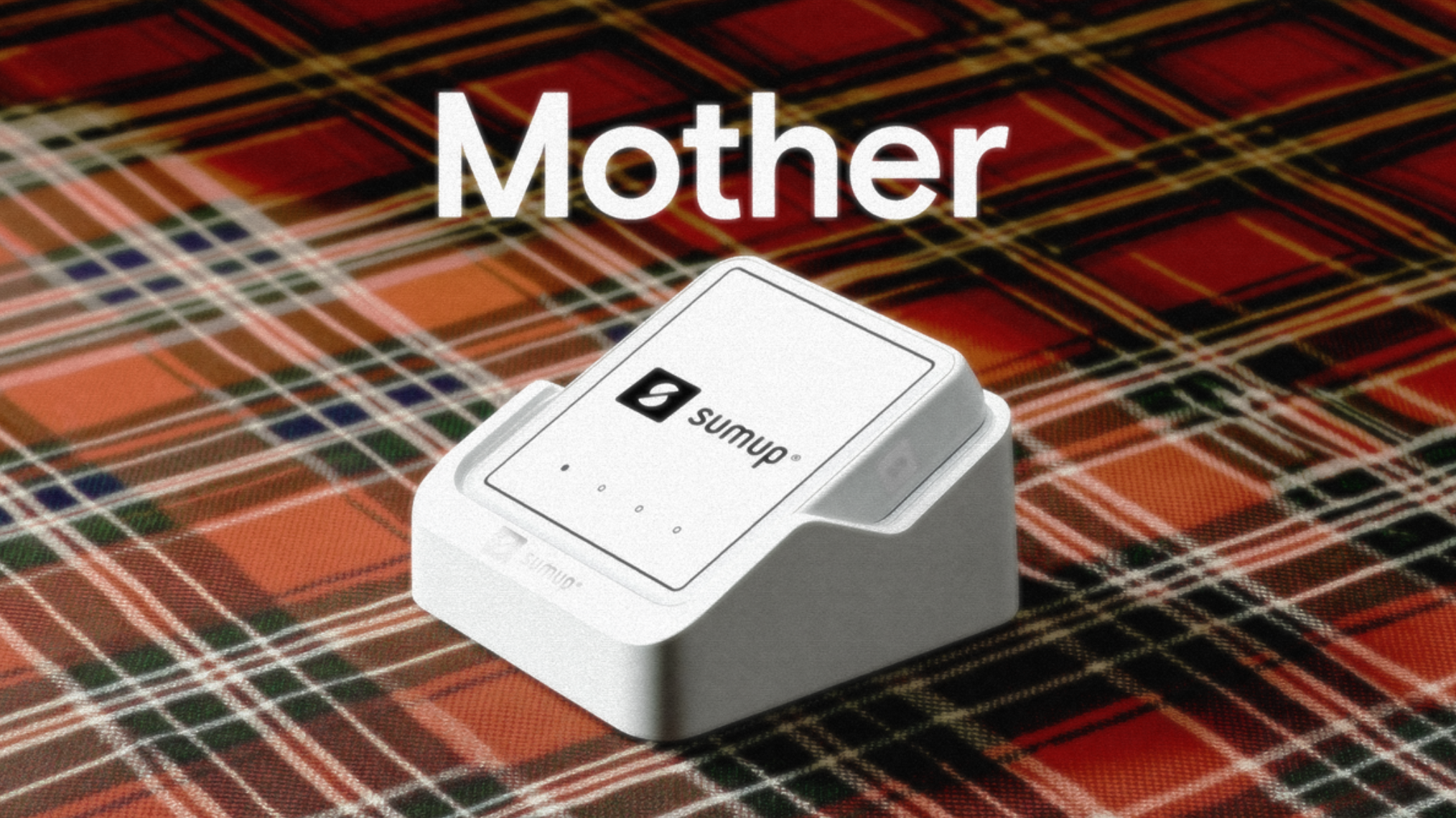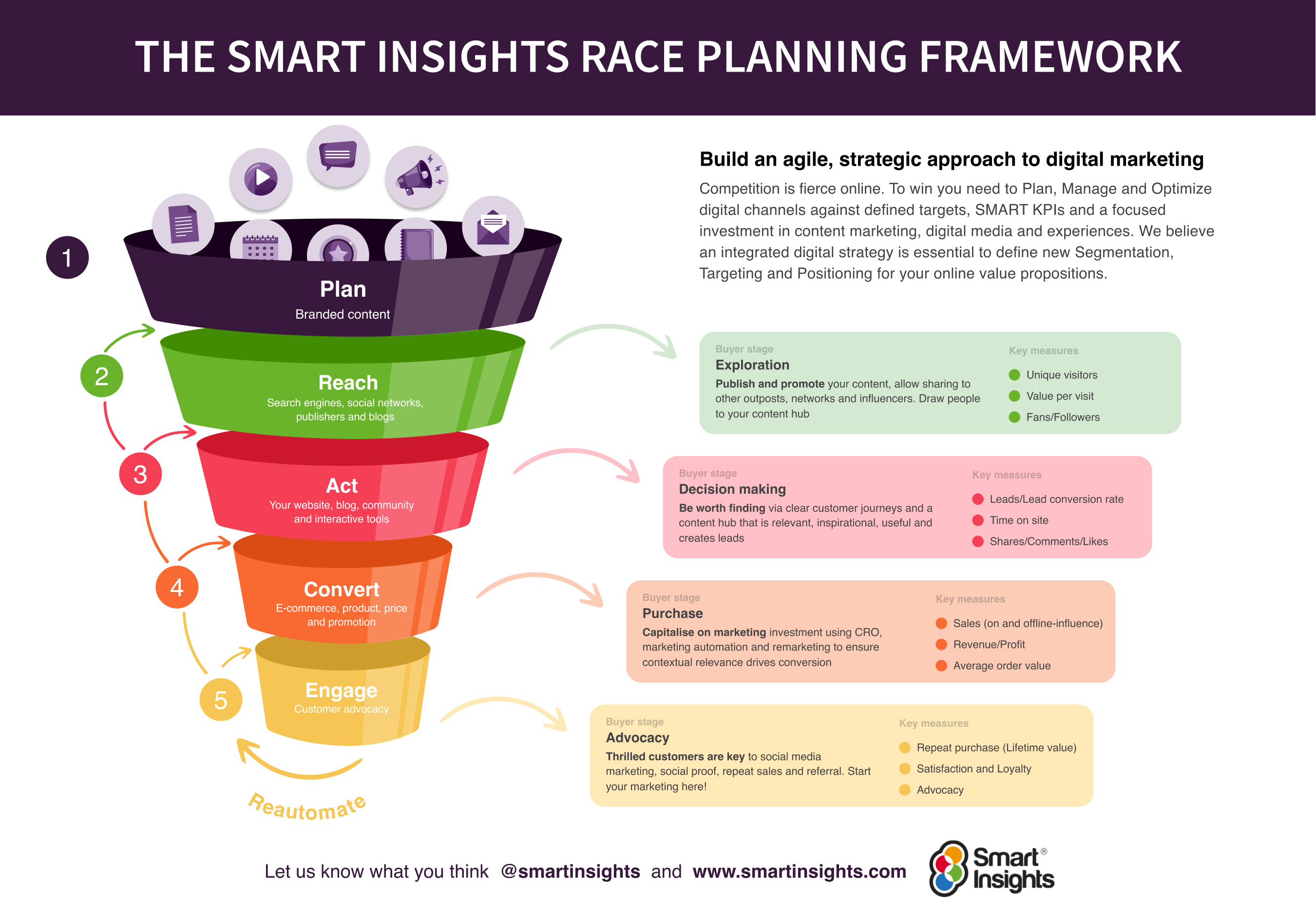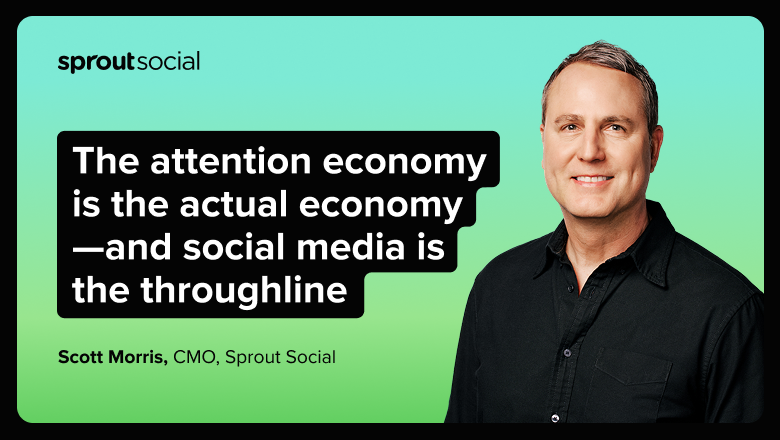The prompt engineering guide for comms pros
AI is only as good as the person using it. The AI revolution has changed so much about how the world of work communicates. But it’s important to remember — nothing about AI is like waving a magic wand. It’s best used when it’s in capable hands that can customize it for a specific need. […] The post The prompt engineering guide for comms pros appeared first on Ragan Communications.

AI is only as good as the person using it.
The AI revolution has changed so much about how the world of work communicates. But it’s important to remember — nothing about AI is like waving a magic wand. It’s best used when it’s in capable hands that can customize it for a specific need. That’s where smart prompt engineering comes into play.
Ragan spoke with Chris Gee, founder of Chris Gee Consulting, about how comms pros can employ prompt engineering tactics to not only help themselves become better versed in using generative AI technology but to train AI in a way that helps make it a key tool on any comms team.
Better input for better output
Gee told Ragan that communicators need to dive deeper than simple prompts like asking AI to draft intranet posts and truly consider what the end goal is.
“We have to move beyond sort of the simple prompts and start understanding what we’re asking for,” he said, adding that the more precise a prompt is, the better the results will be in both the present and future.
Gee illustrated his point with an example of two similar prompts in a program like ChatGPT:
- Simple prompt: “Tell me about AI.”
- “This can give you decent results, but they’re ultimately directionless,” Gee said.
- Advanced prompt: “Give me a detailed breakdown of an AI strategy using social media, in 300 words or less. Do this, but don’t include any major brands. Be specific about tools and tactics.”
- “You can see a huge difference in the results,” he said. “Use these kinds of prompts to refine the work you’re doing.
Prompting with the right voice
One of the most useful traits of generative AI is software is the ability to adapt to voice and tone. That’s of particular use for internal communicators who need to hedge their messaging within the voice of their organization.
Gee said that communicators should think about the voice they’re trying to achieve when prompting an AI for a response. This can help turn an initially weak response into something more in line with a company’s goal messaging. A bonus of this sort of exercise is that the AI can learn the tone the communicator is going for with good prompting and create sharper messaging in the future.
He gave an example of placing the AI’s prompt within a specific company voice to garner the right kind of tone.
“Take the best examples of materials that really encapsulate the company’s voice — in terms of empathy, tone and clarity,” Gee said. ““You can feed that to your AI tool and train it on that. Then you say, ‘List out the attributes of this style.’”
These materials can include:
- Internal newsletters
- Intranets posts
- CEO announcements
- Benefits documents
- Crisis response templates
Gee said that comms pros can guide the AI on tone and structure, and that’ll eventually form an AI style guide of sorts.
“Then you can tell it, ‘Apply this style toward any future content,” he said.
In practice, that can look like this:
- Simple prompt: “Break down this intranet post into a few paragraphs.”
- Advanced prompt: “Summarize this intranet post into an announcement from a senior leader at X organization. Keep it within this person’s tone and voice based on the history of posts they have on the platform. Add in some of the company’s core values in the wording. Maintain this tone for future prompts.”
Gee said that in some cases, communicators should consider working with custom GPT programs to refine the AI in a way that gives back sharper responses that learn and grow the more that company messaging is fed in.
“With a custom GPT, you can upload materials your own materials,” he said. “You can give it specific orders that address style, tone and company policies among other things.”
Gee also told Ragan that there’s a learning process with AI. He recommended internal communicators provide constant feedback to their AI system to get more consistent results as time goes on.
“Grade the prompts,” he said. “Ask yourself, why did you ask that? What were you trying to get back? That’s where the learning is.”
But despite the amazing things generative AI can do, it’s ultimately on the comms pro to prompt it to get the best results for messaging.
“There’s no perfect prompt,” Gee said. “You’ve got to be creative and iterate.”
Sean Devlin is an editor at Ragan Communications. In his spare time he enjoys Philly sports and hosting trivia.
The post The prompt engineering guide for comms pros appeared first on Ragan Communications.

























































































![Brand and SEO Sitting on a Tree: K-I-S-S-I-N-G [Mozcon 2025 Speaker Series]](https://moz.com/images/blog/banners/Mozcon2025_SpeakerBlogHeader_1180x400_LidiaInfante_London.png?auto=compress,format&fit=crop&dm=1749465874&s=56275e60eb1f4363767c42d318c4ef4a#)
![How To Build AI Tools To Automate Your SEO Workflows [MozCon 2025 Speaker Series]](https://moz.com/images/blog/banners/Mozcon2025_SpeakerBlogHeader_1180x400_Andrew_London-1.png?auto=compress,format&fit=crop&dm=1749642474&s=7897686f91f4e22a1f5191ea07414026#)
![How to Create an SEO Forecast [Free Template Included] — Whiteboard Friday](https://moz.com/images/blog/banners/WBF-SEOForecasting-Blog_Header.png?auto=compress,format&fit=crop&dm=1694010279&s=318ed1d453ed4f230e8e4b50ecee5417#)
![What Are Good Google Ads Benchmarks In 2025? [STUDY] via @sejournal, @brookeosmundson](https://www.searchenginejournal.com/wp-content/uploads/2025/06/benchmark-273.png)







![AI Content Is 4.7x Cheaper Than Human Content [+ New Research Report]](https://ahrefs.com/blog/wp-content/uploads/2025/06/ai-content-is-4.7x-cheaper-than-by-ryan-law-data-studies.jpg)




![Snapchat Shares Trend Insights for Marketers To Tap Into This Summer [Infographic]](https://imgproxy.divecdn.com/7LB56F586EcY82vl5r47Ba6f7RdKcHkNelnSgSe8Umc/g:ce/rs:fit:770:435/Z3M6Ly9kaXZlc2l0ZS1zdG9yYWdlL2RpdmVpbWFnZS9zbmFwX2tzYTIucG5n.webp)












![Social media image sizes for all networks [June 2025]](https://blog.hootsuite.com/wp-content/uploads/2023/01/Social-Media-Image-Sizes-2023.png)






















